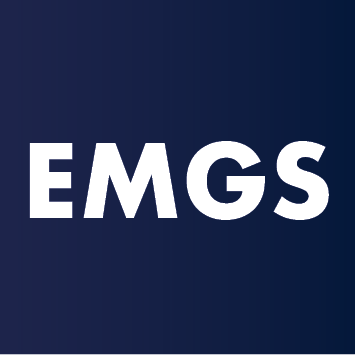(on Tognotti, E. (2009). The Rise and Fall of Syphilis in Renaissance Europe. Journal of Medical Humanities, 30(2), 99–113)Indirect knowledge prevails in the public discourse about health and medicine, and what we have been confronted with lately with the Corona pandemic illustrates and affirms that. The point is that discourses do not propose new meanings, but rather reflect a political and social reality. A reality that suggests how knowledge consumption takes place. The validity and specificity of information is often ignored or lost on its way to the receiver, especially when social media dominates channels of communications. Tognotti’s text takes us back in time and employed a similar framework in his analysis as he identified indirect knowledge as a major flaw in the dominant literature about the evolution of Syphilis. He, a scholar and historian of epidemics, indirectly demonstrates the utility of history in rectifying knowledge.I chose to focus on ‘indirect knowledge’ because it occupies the current debates, and also to understand how global history could react or answer to this issue. I recognized three major relevant points in Tongnotti’s text which are the following:First, indirect knowledge translates into a lack of understanding to the severity and specificity of matters; therefore, hindering the efforts to comprehend and resolve phenomena. By resorting to what Tognotti refers to as ‘chronologically-ordered primary historical sources’, history comes to dismantle and dismiss the fabrications knowledge undergoes in its production processes. Primary accounts which history often relies on give us the possibility to read cause-effect relationships and trace matters to their beginnings.Second, actors and their mobility drive transformations. Navigating through the development of a disease into its different stages implies tracing who produces knowledge and where is it being produced. This systematically means redistributing agency. Since a disease as a unity of analysis or study does not escape social or political confinements, global history overlooks such constraints by addressing them.Third and last, chronology is important, and from what I learned last semester, periodization and time are at the center and core of constructing a global history work. In simple words, history means organization and structure in times of chaos. A close-to-accurate representation of reality can only happen when we place historical elements and events in their appropriate time frame.To draw a conclusion on the previous points, global history allows to distinguish and recognize long-term historical processes. By expanding frameworks of analyses, we find ourselves far from histories of singularity and therefore able to see links and continuities.I also recommend Tognotti’s new article on the TIME magazine titled: “I’m a Historian of Epidemics and Quarantine. Now I’m Living That History on Lockdown in Italy.”

